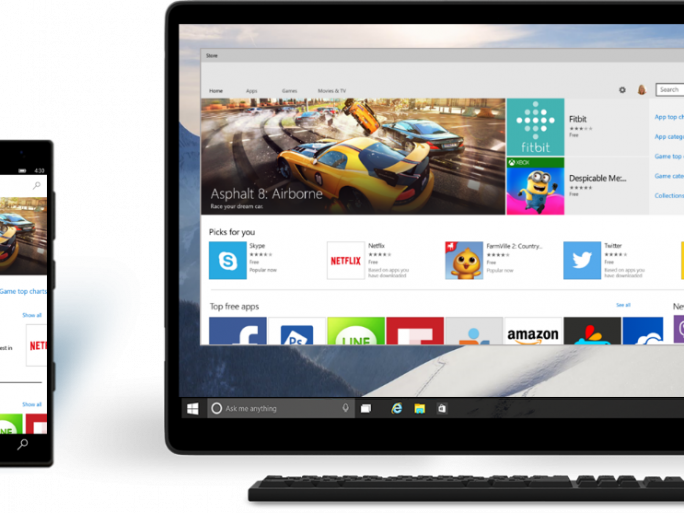PC and Tablet Shipments Continue To Decline, IDC Warns

More declines for PC industry as world waits for Windows 10, and tablet shipments also fall
The latest market research from analyst house IDC will make for grim reading for hardware makers.
The firm predicted further shipment declines in both the PC industry, as well as the tablet market.
Windows 10
In IDC’s latest Worldwide Quarterly PC Tracker, the analyst group warned that worldwide PC shipments are expected to fall by -6.2 percent in 2015.
This will be the fourth consecutive year of declining volume as the PC industry continues to battle with tablet and smartphone competition, as well as generally low demand.
 IDC said that the stablisation of PC shipments in mid-2014 thanks to the ending of technical support for Windows XP, is now well and truly over. Now, PC buyers are awaiting for the arrival of Windows 10, Microsoft’s next generation operating system that is widely expected to arrive some time this summer.
IDC said that the stablisation of PC shipments in mid-2014 thanks to the ending of technical support for Windows XP, is now well and truly over. Now, PC buyers are awaiting for the arrival of Windows 10, Microsoft’s next generation operating system that is widely expected to arrive some time this summer.
But IDC did say the arrival of Windows 10 will be a significant growth factor for the PC industry, and modest growth is expected to return in the years ahead.
“Microsoft and PC vendors still need to convince users of the advantages of the new OS and new PCs, which will take some time,” said Loren Loverde, VP Worldwide PC Trackers. “In addition to educating clients, they’ll face tough competition from other devices, and weak spending in many regions. As a result, we see PC shipments stabilizing in 2016, followed by limited growth for the next few years.”
Tablet Decline
Meanwhile in a separate Worldwide Quarterly Tablet Tracker report, IDC did not provide any better news for tablet makers, as it predicted worldwide shipments of tablets and 2-in-1 devices will reach 221.8 million units in 2015, a decline of -3.8 percent from 2014.
Again, this decline follows two consecutive quarters of declining sales and represents a modest downward revision from the previous forecast of 234.5 million units.
But some tablet sectors are expected to grow, namely cellular-capable tablets and 2-in-1 devices.
“We’re seeing cellular-capable tablets and 2-in-1 devices experience important growth in certain parts of the world and we think this represents a huge opportunity for the entire tablet ecosystem,” said Jean Philippe Bouchard, Research Director, Tablets. “Those cellular-connected devices fill multiple needs for vendors and carriers around the world; they offer a quick solution to price and margin erosion, and when compared to smartphones, they offer a less expensive way for carriers to increase their subscriber base.”
“A transition around size of the displays has also begun to take its course, with the share of small-screen tablets expected to drop from 64 percent of the market in 2014 to 58 percent in 2015, and declining to just under 50 percent by 2019,” said Ryan Reith, Program Director, Worldwide Mobile Device Trackers. “This illustrates the direct impact phablets are having on the market, as users with larger screen smartphones have tended to have less need for a tablet with a screen size comparable to their smartphone. This also has some impact on overall average selling prices (ASPs) as larger screen devices tend to cost more.”
Rival analyst group Gartner warned earlier this year that tablet sales fell dramatically last year and are unlikely to pick up significantly in 2015.
What do you know about Windows? Try our history quiz!